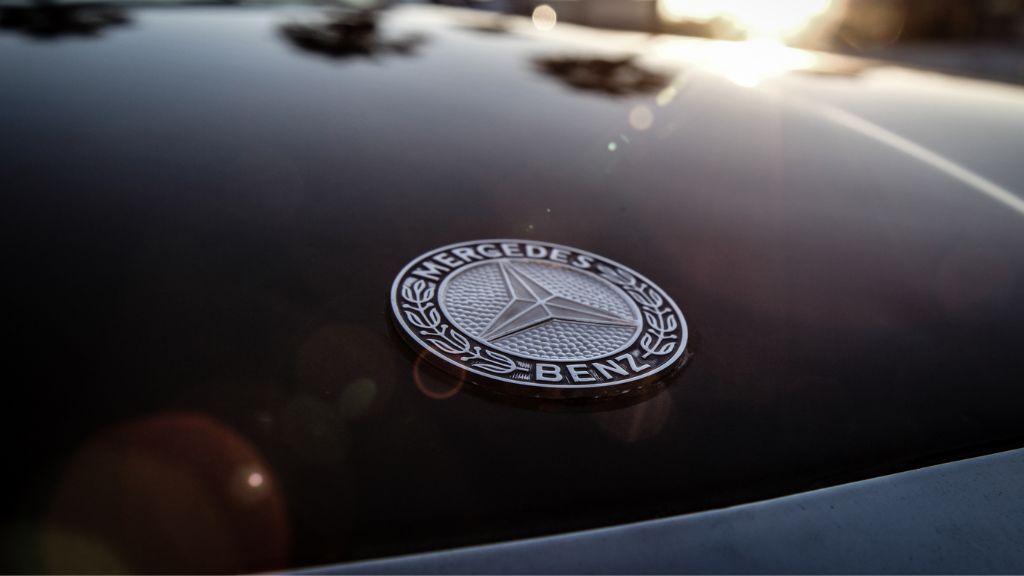Mercedes-Benz, renowned for its luxury, performance, and cutting-edge technology, has a reputation for being a prestigious automotive brand. As a result, there is a common perception that owning and maintaining a used Mercedes can be an expensive endeavor. In this article, we explore the reality behind the cost of maintenance for a used Mercedes, dispelling myths and providing a balanced perspective on the topic.
The Initial Perception
It is true that Mercedes-Benz vehicles, both new and used, can have higher maintenance costs compared to some other brands. This perception is primarily fueled by factors such as advanced technology, intricate engineering, and the use of premium materials. However, it is important to dig deeper and consider multiple factors before drawing conclusions about the overall cost of maintaining a used Mercedes.
Dependence on Maintenance History
The condition and cost of maintaining a used Mercedes heavily depend on the vehicle’s maintenance history. Regular and proper maintenance, including routine servicing, timely fluid changes, and adherence to manufacturer-recommended maintenance schedules, plays a crucial role in ensuring the longevity and reliability of any vehicle, including a Mercedes.
Quality of Independent Service Providers
One way to manage maintenance costs is by exploring reliable independent service providers specializing in Mercedes-Benz vehicles. These specialists often offer competitive prices for routine maintenance and repairs, providing cost-effective alternatives to dealership services. While maintaining a relationship with a trusted Mercedes-certified mechanic is valuable, it is worth exploring reputable independent options to potentially reduce maintenance expenses.
Age and Model Considerations
The age and model of the used Mercedes also impact the cost of maintenance. Older models might require more frequent repairs and replacement of wear-and-tear components, which can add to the overall expenses. However, newer models with advanced diagnostic capabilities and improved reliability can offer a more cost-effective ownership experience.
Parts and Labor Costs
Mercedes-Benz vehicles utilize high-quality components and advanced technology, which can result in higher costs for genuine parts and specialized labor. However, the availability of aftermarket parts for routine maintenance and repairs can help mitigate these expenses. Careful consideration of the availability, quality, and cost of parts is essential when budgeting for maintenance.
Preventive Maintenance and Ownership Costs
Implementing a proactive approach to maintenance by addressing issues promptly and investing in preventive measures can help minimize long-term costs. Regular inspections, timely addressing of potential issues, and investing in proper upkeep can contribute to the longevity and reliability of a used Mercedes, potentially reducing unexpected expenses down the line.
Conclusion
While it is true that maintaining a used Mercedes can come with higher costs compared to some other brands, it is essential to consider multiple factors and dispel common myths. The cost of maintaining a used Mercedes heavily relies on factors such as the vehicle’s maintenance history, model age, quality of independent service providers, availability of aftermarket parts, and preventive maintenance measures.
By maintaining a proactive approach to upkeep, researching and exploring reliable service options, and staying on top of routine maintenance, owners can manage maintenance costs effectively. Ultimately, the pleasure of owning a luxurious and performance-oriented vehicle like a Mercedes-Benz can be well worth the investment when balanced with proper maintenance and care.



